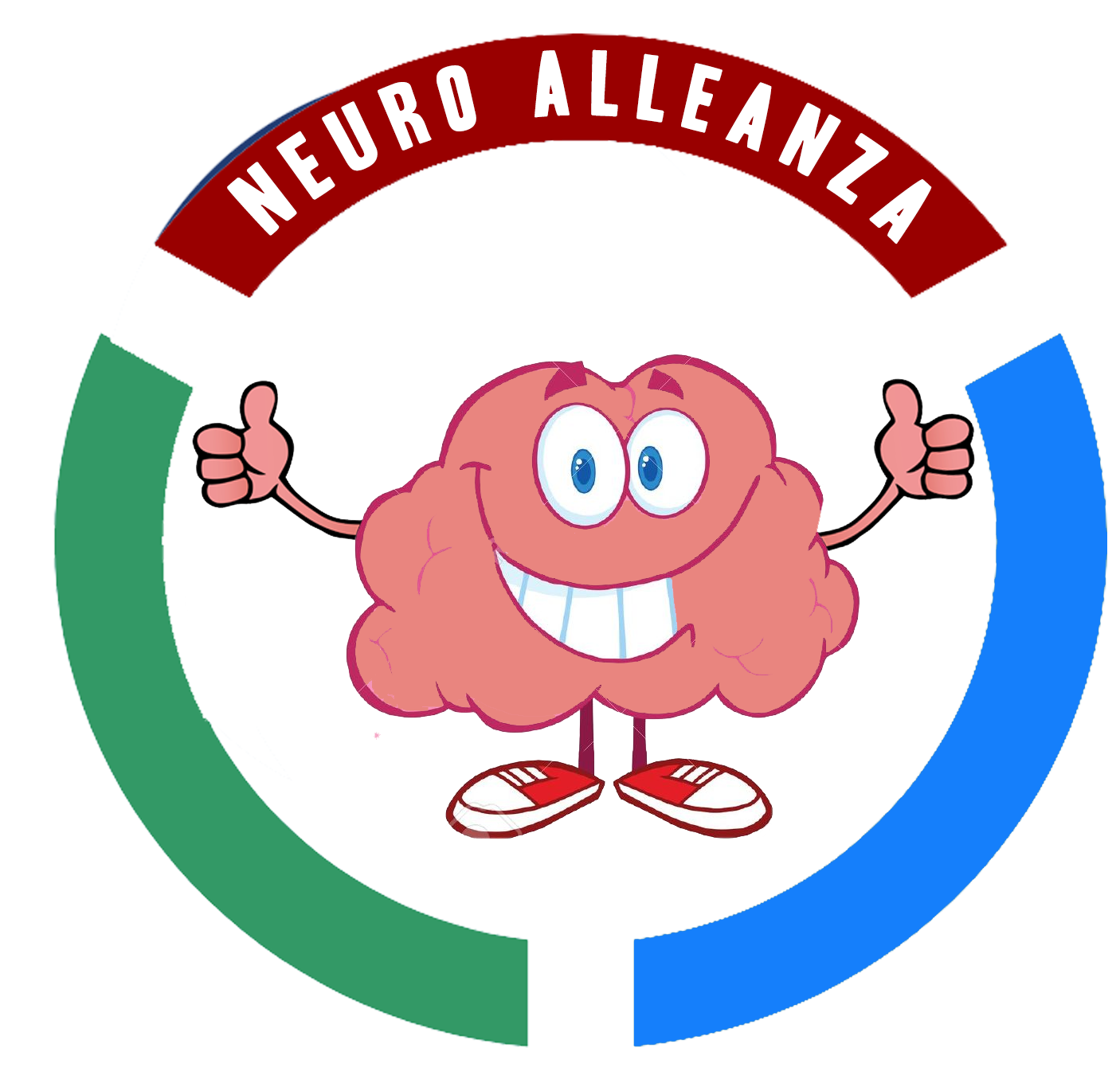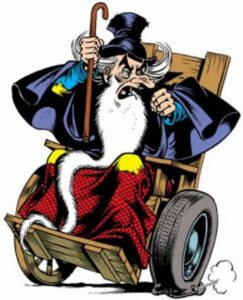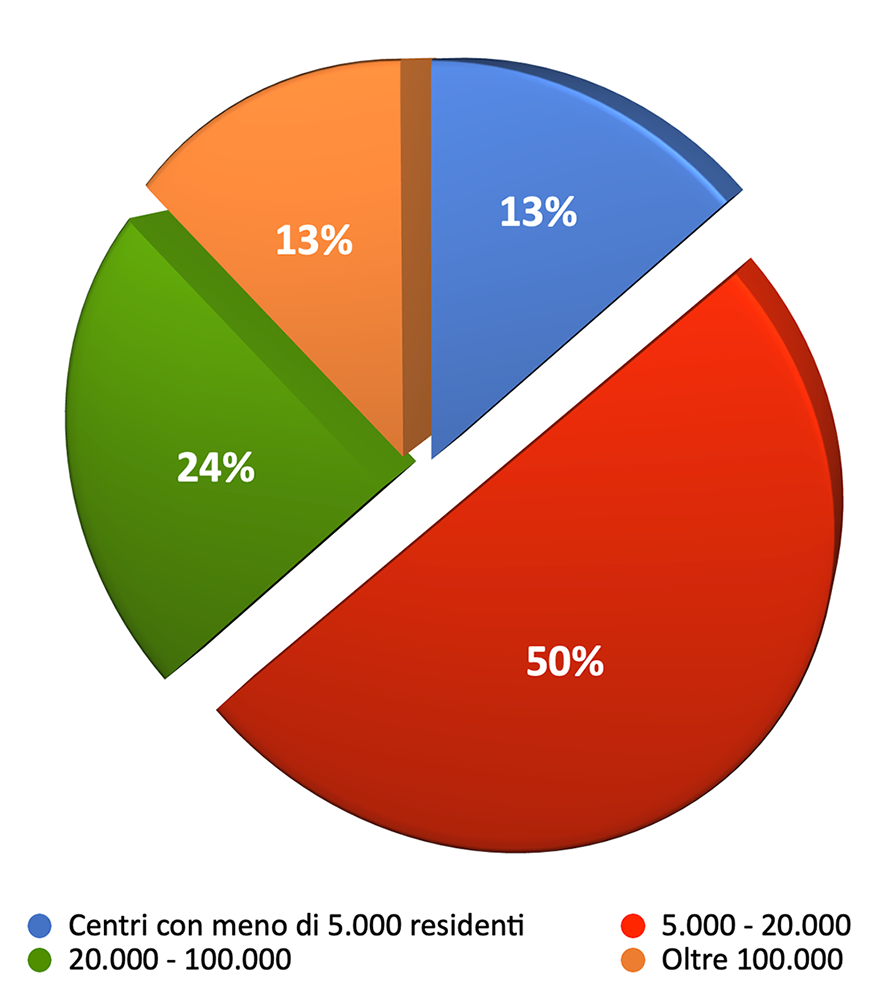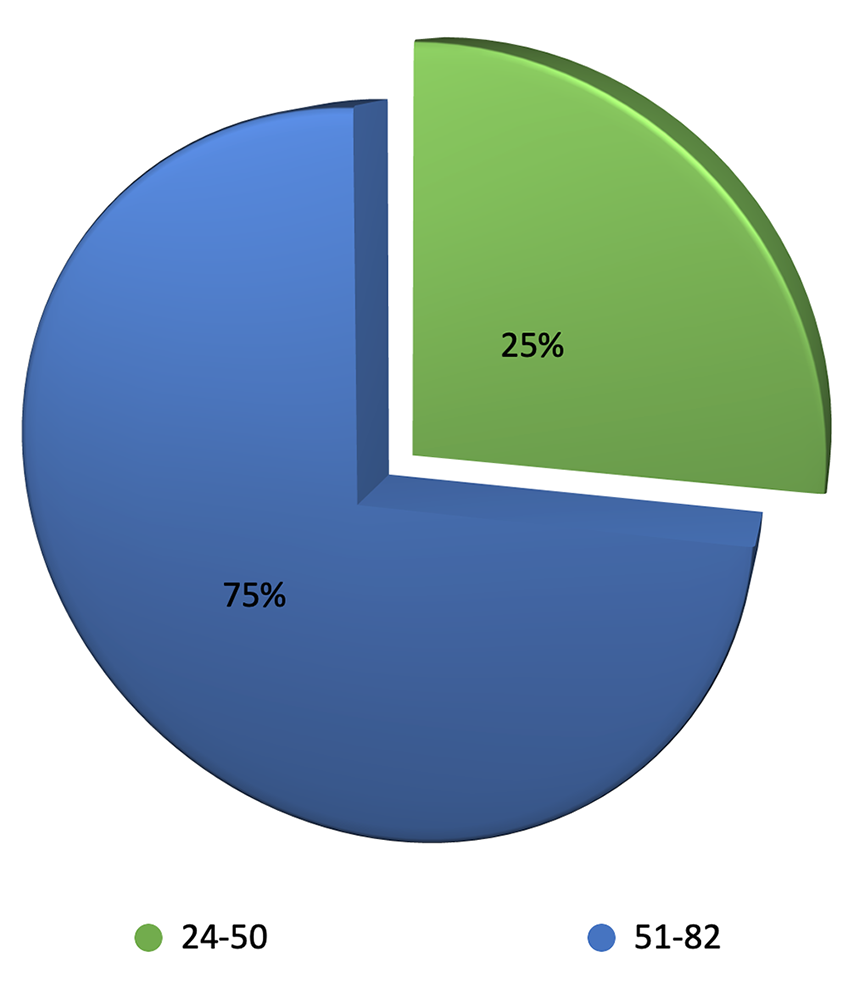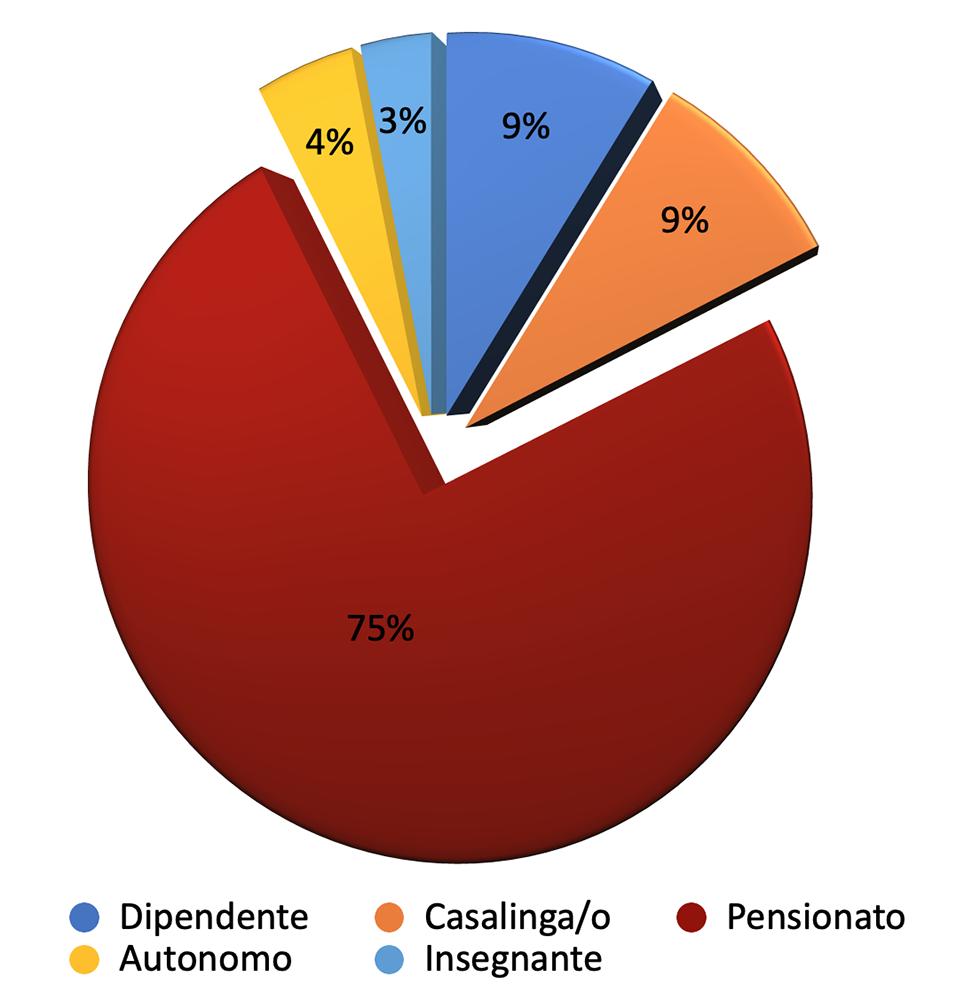
Dal sito https://pdavengers.com
Cosa è PD Avengers ?
SIGLE SPECIFICHE PER L’ITALIA
PWP – Person with Parkinson’s – Persona con Parkinson o parkinsonismo (MSA, PSP, demenza a corpi di Lewi)
FwP – Famiglia con Parkinson o parkinsonismo
INTERNAZIONALI
Brain Parts
- AMY – Amygdala: A small almond-shaped structure involved in processing emotions and memories.
- BG – Basal Ganglia: A group of nuclei in the brain responsible for motor control and learning.
- CC – Corpus Callosum: A thick bundle of nerve fibers connecting the two brain hemispheres.
- CE – Cerebellum: A region at the back of the brain responsible for coordination and balance.
- CTX – Cerebral Cortex: The outer layer of the brain responsible for higher cognitive functions.
- GPe – Globus Pallidus externa (part of the brain’s basal ganglia, involved in motor control)
- GPi – Globus Pallidus interna (part of the brain’s basal ganglia, involved in motor control)
- HIP – Hippocampus: A seahorse-shaped structure involved in memory formation and spatial navigation.
- HYPO – Hypothalamus: A region involved in regulating vital functions like body temperature and hunger.
- MB – Midbrain: A part of the brainstem that plays a role in sensory and motor functions.
- MED – Medulla Oblongata: The lowest part of the brainstem responsible for autonomic functions.
- NACC – Nucleus Accumbens: Part of the basal ganglia involved in reward and pleasure.
- OFC – Orbitofrontal Cortex: A region of the prefrontal cortex involved in decision-making and emotional processing.
- PFC – Prefrontal Cortex: The front part of the brain involved in complex cognitive functions.
- PONS – Pons: A part of the brainstem involved in sleep, respiration, and facial movement.
- SC – Superior Colliculus: Part of the midbrain involved in visual processing and orienting.
- STN – Subthalamic Nucleus (a target for deep brain stimulation in Parkinson’s)
- TC – Thalamus: A central relay station that directs sensory information to the cerebral cortex.
Cells and Molecules:
- DA – Dopamine Agonist: A class of medications that stimulate dopamine receptors in Parkinson’s treatment.
- DAT – Dopamine Transporter: A protein responsible for reuptake of dopamine in the brain.
- GABA – Gamma-Aminobutyric Acid: An inhibitory neurotransmitter in the brain.
- GDNF – Glial Cell Line-Derived Neurotrophic Factor: A protein supporting survival of dopamine neurons.
- GLU – Glutamate: An excitatory neurotransmitter in the brain.
- NTF – Neurotrophic Factor: Proteins supporting neuron survival and function.
- α-Syn – Alpha-Synuclein: A protein associated with Parkinson’s pathology.
- BDNF – Brain-Derived Neurotrophic Factor: A protein that supports neuron survival and growth.
- Aβ – Beta-Amyloid: A protein fragment associated with Alzheimer’s disease.
- TDP-43 – Transactive Response DNA-Binding Protein 43: A protein involved in neurodegenerative diseases.
Common Treatments for Parkinson’s Symptoms:
- DIET – Dietary Management: A healthy diet can support overall health and well-being in Parkinson’s.
- DBS – Deep Brain Stimulation: A surgical treatment involving implanted electrodes to manage Parkinson’s symptoms.
- EX – Exercise: Regular physical activity can help maintain mobility and improve overall well-being.
- MED – Medication: Various medications are used to manage Parkinson’s symptoms.
- MIND – Mediterranean-DASH Diet Intervention for Neurodegenerative Delay (diet associated with brain health)
- SURG – Surgical Treatment: Various surgical procedures can be used to manage advanced Parkinson’s.
- TMS – Transcranial Magnetic Stimulation (a non-invasive procedure for treating symptoms)
- TCS – Transcranial Stimulation (a technique used in research and therapy)
- VNS – Vagus Nerve Stimulation (investigated for potential Parkinson’s treatment)
Diseases and Conditions:
- ALS – Amyotrophic Lateral Sclerosis: A progressive motor neuron disease.
- ASD – Autism Spectrum Disorder: A developmental disorder affecting social interaction and communication.
- CBD – Corticobasal Degeneration: A rare neurodegenerative disorder that shares some symptoms with Parkinson’s.
- CTE – Chronic Traumatic Encephalopathy: A brain condition linked to repeated head injuries.
- MSA – Multiple System Atrophy: A rare neurodegenerative disorder with Parkinson’s-like symptoms.
- PSP – Progressive Supranuclear Palsy: A rare neurodegenerative disorder causing balance and eye movement problems.
- RBD – REM Sleep Behavior Disorder: Can be an early sign of Parkinson’s.
- RLS – Restless Leg Syndrome (can sometimes be associated with Parkinson’s)
Fluids:
- CSF – Cerebrospinal Fluid: The clear fluid that surrounds the brain and spinal cord.
- ECF – Extracellular Fluid: Fluid outside of cells, including in the brain.
- ISF – Interstitial Fluid: Fluid in the spaces between cells.
- LDF – Lymphatic Drainage Fluid: Fluid that helps remove waste products from the brain.
- IBF – Interstitial Brain Fluid: Fluid in the extracellular spaces of the brain.
Genes and Genetics:
- 6-OHDA – 6-Hydroxydopamine: A neurotoxin used to induce Parkinson’s-like symptoms in animal models.
- AADC – Aromatic L-Amino Acid Decarboxylase: An enzyme involved in converting L-DOPA to dopamine.
- ABCA7 – ATP-Binding Cassette Subfamily A Member 7: A gene implicated in Alzheimer’s disease risk.
- ABHD6 – Abhydrolase Domain-Containing Protein 6: An enzyme involved in endocannabinoid metabolism.
- APOE – Apolipoprotein E: A gene associated with Alzheimer’s disease risk.
- BDNF – Brain-Derived Neurotrophic Factor (implicated in neuroprotection for Parkinson’s)
- CYP2D6 – Cytochrome P450 2D6: An enzyme involved in drug metabolism.
- GBA – Glucocerebrosidase: A gene related to Parkinson’s risk when mutated.
- GCH1 – GTP Cyclohydrolase 1: An enzyme involved in dopamine synthesis.
- HNRNPA1 – Heterogeneous Nuclear Ribonucleoprotein A1: A protein involved in RNA processing.
- LRRK2 – Leucine-Rich Repeat Kinase 2: A gene associated with an increased risk of Parkinson’s.
- PLP1 – Proteolipid Protein 1: A gene associated with Pelizaeus-Merzbacher disease.
- PRKN – Parkin: A gene associated with familial Parkinson’s.
- SNCA – Alpha-Synuclein: A protein associated with Parkinson’s pathology.
- TBK1 – TANK-Binding Kinase 1: A gene involved in immune responses.
- TET2 – Ten-Eleven Translocation Methylcytosine Dioxygenase 2: A gene involved in DNA methylation.
- TOMM40 – Translocase of Outer Mitochondrial Membrane 40 Homolog (gene related to mitochondrial function)
- TGFBR2 – Transforming Growth Factor Beta Receptor 2: A gene involved in cellular signaling.
- ZNF804A – Zinc Finger Protein 804A: A gene associated with schizophrenia and bipolar disorder.
Medical Terms:
- BBB – Blood-Brain Barrier: A protective barrier that limits the passage of substances from the blood to the brain.
- BPI – Beck’s Parkinson’s Inventory (used to assess Parkinson’s symptoms)
- BISBAS – Behavioral Inhibition and Behavioral Activation System: A psychological model related to personality traits.
- CNS – Central Nervous System (includes the brain and spinal cord)
- CT – Computed Tomography (used for imaging in medical diagnostics)
- DATSCAN – Dopamine Transporter Scan (a nuclear medicine imaging technique)
- EOPD – Early-Onset Parkinson’s Disease. (diagnosed at a younger age)
- fMRI – Functional Magnetic Resonance Imaging (used to study brain activity)
- Hoehn and Yahr Scale – A scale used to measure the progression of Parkinson’s
- HRQOL – Health-Related Quality of Life (important in managing Parkinson’s impact on daily life)
- MPTP – A neurotoxin that can induce Parkinson’s-like symptoms in certain cases
- MRI – Magnetic Resonance Imaging (used to image the brain and diagnose conditions)
- OFF – Refers to periods of reduced medication effectiveness
- ON – Refers to periods of improved medication effectivenes
- PDQ – Parkinson’s Disease Questionnaire (used to assess quality of life)
- PET – Positron Emission Tomography (used for brain imaging in Parkinson’s research)
- PPN – Pedunculopontine Nucleus (associated with gait and postural control)
- REM – Rapid Eye Movement: A sleep stage characterized by vivid dreams.
- SAD – Seasonal Affective Disorder: A type of depression triggered by seasonal changes.
- SPECT – Single Photon Emission Computed Tomography (a nuclear imaging technique)
- UPDRS – Unified Parkinson’s Disease Rating Scale (to assess the severity of symptoms)
- UPSIT – University of Pennsylvania Smell Identification Test (used to assess olfactory function)
- VNS – Vagus Nerve Stimulation: Investigated for potential Parkinson’s treatment.
- VTA – Ventral Tegmental Area (part of the brain related to dopamine production)
- YOPD – Young Onset Parkinson’s Disease (diagnosed in younger adults)
Non-Profit Organizations and Charities that work with the Parkinson’s Community
- APDA – American Parkinson Disease Association
- DPF – Davis Phinney Foundation
- PDF – Parkinson’s Disease Foundation
- MJFF – Michael J. Fox Foundation for Parkinson’s Research
- MPF – Michigan Parkinson’s Foundation
- PAA – Parkinson’s Association of Alabama
- PDNSA – Parkinson’s Disease Nurse Specialist Association (U.K.)
- PMD Alliance – Parkinson & Movement Disorder Alliance
- PRO – Portland Resources of Oregon
- WPC – World Parkinson Congress
- WPP – Women’s Parkinson’s Project
Parkinson’s Medications:
- ADA – Adenosine A2A Receptor Antagonist: Medications that target adenosine receptors to reduce motor symptoms.
- CB1R – Cannabinoid Receptor Type 1 Agonist: Investigated for its potential effects on Parkinson’s symptoms.
- COMT – Catechol-O-methyltransferase Inhibitor: Medications that inhibit the enzyme COMT to enhance L-DOPA effects.
- CR – Controlled Release: A variation of carbidopa-levodopa that delays the release of the therapeutic responsive.
- DA – Dopamine Agonist: A class of medications that stimulate dopamine receptors in Parkinson’s treatment.
- L-DOPA – Levodopa: A medication converted into dopamine in the brain to alleviate Parkinson’s symptoms.
- MAO-B – Monoamine Oxidase B Inhibitor: Medications that inhibit MAO-B to increase dopamine levels in the brain.
- MAO-B – Monoamine Oxidase B Inhibitor: Medications that block the enzyme MAO-B to prolong dopamine effects.
- NMDA – N-Methyl-D-Aspartate Receptor Antagonist: Medications that target NMDA receptors to reduce dyskinesias.
Professional Associations and Universities
- AAN – American Academy of Neurology: An organization of neurologists providing resources for neurological research and care.
- EAN – European Academy of Neurology
- EMA – European Medicines Agency (regulatory body for medicines in the European Union)
- FDA – U.S. Food and Drug Administration (regulates medical devices and medications)
- MDS -International Parkinson and Movement Disorder Society
- NIH – National Institutes of Health (U.S. agency for medical research)
- UBC – University of British Columbia (Canada)
- VAI – Van Andle Institute
Therapists and Professionals:
- ABA – Applied Behavior Analyst: A professional who uses behavioral interventions to address behavior-related challenges.
- CAM – Confusion Assessment Method: A tool to assess delirium in medical settings.
- CAMCOG – Cambridge Cognitive Examination: A test for cognitive function.
- MDS – Movement Disorder Specialist. A neurologist with additional training in Parkinson’s disease and other movement disorders.
- OT – Occupational Therapy: Therapy to improve everyday activities and function.
- PT – Physical Therapy: A rehabilitation approach to improve mobility and motor skills.
- NICE – National Institute for Health and Care Excellence: A U.K. organization providing health guidelines.
- SLP – Speech-Language Pathologist: A professional who helps with speech and communication difficulties.
- ST – Speech Therapy: Therapy to address speech and swallowing difficulties
Please note that while we have made efforts to remove duplicates and alphabetize the list, some abbreviations might have different meanings in various contexts. Always refer to trusted medical sources for accurate information. If there is an abbreviation you would like to see added please email Larry@PDAvengers.com
